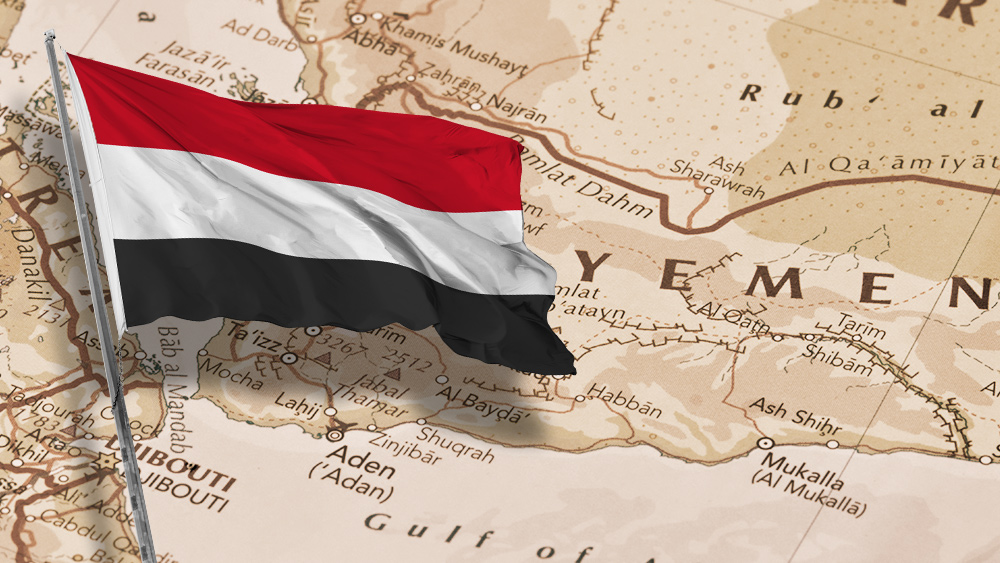
Video footage showed large plumes of smoke and shattered glass at a train station. No direct injuries were reported, although nine people sustained light injuries while seeking cover. Sirens could be heard throughout northern and central Israel as well as at Ben Gurion airport in Tel Aviv, and passengers could be seen in video footage running to seek shelter.
The Yemeni army took immediate responsibility for the attack in a statement, calling the operation against “the Israeli enemy” a success and highlighting the fear it instilled in those who were affected.
“The operation was carried out with a new hypersonic ballistic missile that succeeded, with God’s help, in reaching its target, and the enemy’s defenses failed to intercept and confront it. It covered a distance estimated at 2,040 km within 11 and a half minutes, and caused a state of fear and panic among the Zionists,” the statement asserted, noting that the attack sent more than 2 million Israelis to shelters.
However, the IDF insists the projectile that was fired at them was not a hypersonic missile and did not maneuver during its flight. Some experts agree, like Navanti Group Senior Middle East Analyst Mohammed Al-Basha, who told Al Jazeera that it is more likely the weapon was supersonic unless North Korea or Russia passed the technology to the Houthis.
The Yemeni statement went on to caution that more strikes and other operations are in the works as the anniversary of the October 7 Hamas attacks in Southern Israel approaches – an operation they referred to as “blessed.”
Israeli Prime Minister Benjamin Netanyahu warned the Houthis that they will be held accountable. He said: “They should have known by now that we exact a heavy price for any attempt to harm us.”
He mentioned the retaliatory strike the Jewish state carried out against Yemen in the Hodeida port after a Houthi drone was lobbed at Tel Aviv in July, killing one person and wounding four. The retaliatory air strikes against Houthi military targets killed 6 and injured 80.
Analysts believe that Israel's response could come in the form of long-range air strikes against key locations, or they could carry out covert operations or cyber attacks targeting missile launch sites in Yemen, assassinations against Houthi leaders, or disruptions to Iranian supply routes.
Houthis may be acquiring more advanced weapons
Although the Houthis have been firing drones and missiles at Israel on an ongoing basis since the war in Gaza broke out to express their solidarity with Palestinians, their missiles have not made their way deeper into Israeli air space until this weekend’s strike, except for one occasion this spring when a missile fell in an open area near the Eilat port in the Red Sea.
The fact that they managed to successfully reach central Israel from 2,000 kilometers away indicates they may have been making advancements in their drone and missile technology, perhaps with help from Iran, and this is something that could have a psychological impact on Israel.
The Houthis have also been attacking ships that they believe are connected to Israel in some way as they pass through shipping routes in the Red Sea, the Bab al-Mandeb Strait, and the Gulf of Aden, disrupting global shipping and creating challenges for international commerce.
Sources for this article include:
Please contact us for more information.

















